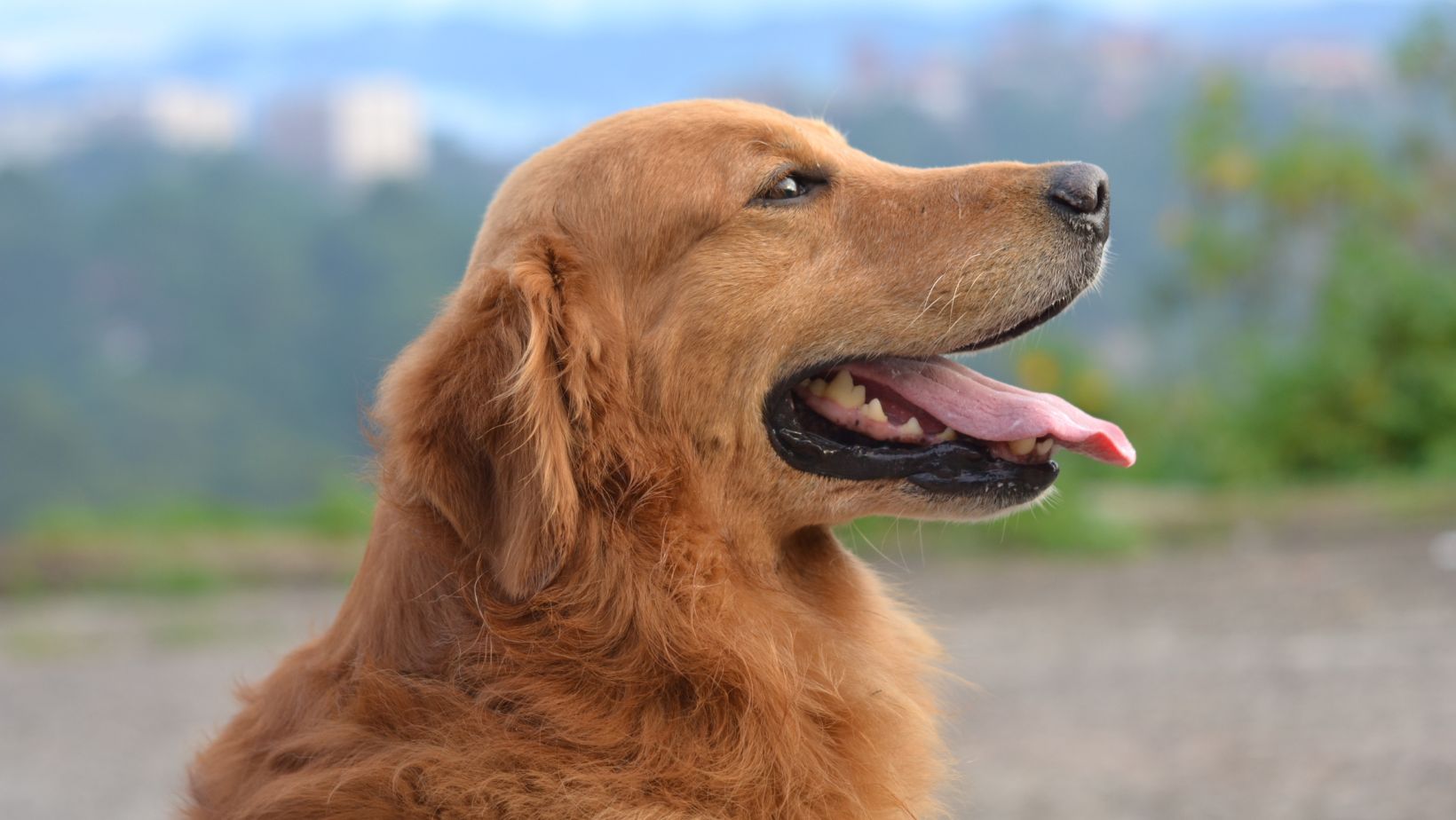How to Train Aggression Out of a Dog
Dog ownership is a joy, but it can also come with challenges. One of the most concerning issues for pet owners is aggression in their furry friends. I’ve spent years working with dogs and studying their behavior, and I’m here to tell you that even a breed as lovable as the Labrador Retriever can develop aggressive tendencies.
Understanding aggression in dogs begins by recognizing the signs. These can range from obvious behaviors like growling or baring teeth to more subtle actions such as intense staring or stiff body language. It’s important to remember though that these are just symptoms of an underlying problem – fear, anxiety, territoriality – therefore they need addressing at the root level.
In this article, we’ll explore practical steps on how to train aggression out of a dog and delve deeper into understanding why your Labrador might be showing these unwelcome behaviors.
Understanding Aggression in Dogs
Let’s dive into the world of dog aggression, an issue that can be particularly concerning when it involves our beloved Labradors. Dog aggression isn’t just about biting or snarling; it’s a complex behavior with numerous underlying causes, spanning from fear to territoriality.
First off, I’ll clarify what we mean by ‘aggression’. In the canine world, aggressive behaviors could manifest as growling, showing teeth, lunging, snapping or even biting. Contrary to popular belief, not all aggressive dogs are bad dogs. Sometimes, they’re merely communicating discomfort or fear.
It’s important to understand that aggression doesn’t appear out of nowhere. There are usually warning signs indicating your Labrador might be becoming aggressive:
- Changes in body posture
- Growling and snarling
- Prolonged eye contact
- Resource guarding (food/toys)
- Unprovoked attacks
Recognizing these signs early is crucial for training aggression out of a dog effectively.
Now let’s dig a bit deeper into why Labradors might become aggressive. One common cause is lack of socialization during their formative puppy years. This leads them to feel threatened easily and react aggressively out of fear. Health issues such as pain or neurological disorders can also trigger aggression in dogs.
To train aggression out of a dog requires patience and consistency on your part. Professional help from a certified animal behaviorist may be necessary depending on the severity of the problem.
Remember this: if you’re seeing signs that your Labrador is becoming aggressive, don’t panic! With understanding and appropriate action steps taken early on, you can guide them back towards being the friendly and loving companions they’re known to be.
 Recognizing Signs of Aggression in Your Labrador
Recognizing Signs of Aggression in Your Labrador
I’ve noticed that many dog owners struggle to recognize the signs of aggression in their Labradors. Believe it or not, your sweet and cheerful Lab can show signs of aggression if not trained properly. It’s crucial to understand these signs as early as possible for both your safety and the well-being of your beloved pet.
One common sign is growling or snarling. If you observe that your Labrador has started growling at you, other people, or even other pets more frequently than usual, it could be a sign they’re feeling aggressive. This behavior might seem harmless initially but don’t overlook it – it’s a clear warning signal.
Another sign to watch out for is body language. A stiff tail (not wagging), raised fur on the back, ears pinned back against the head – all these are signs that something isn’t right with your pet’s mood. They may feel threatened or anxious, which can lead to an aggressive reaction if not addressed immediately.
Your Labrador showing its teeth is also a potential red flag that shouldn’t be ignored. While some dogs bare their teeth as part of playful behavior (like during a game of tug-of-war), repeated teeth-showing accompanied by intense staring could indicate rising aggression levels.
Finally, let’s talk about biting. It might start with gentle nips during playtime but could escalate into harder bites causing discomfort or injury – this is when playful nibbling becomes genuine aggressive behavior.
Recognizing these signs early plays an integral role in how to train aggression out of a dog effectively. Remember: being aware and proactive ensures you’re taking steps towards preventing any unwanted incidents before they occur!
 Recognizing Signs of Aggression in Your Labrador
Recognizing Signs of Aggression in Your Labrador